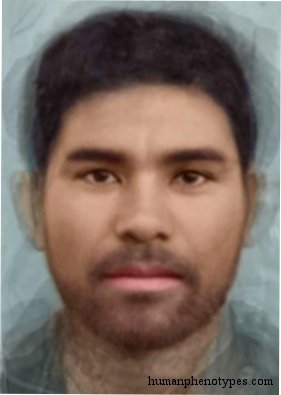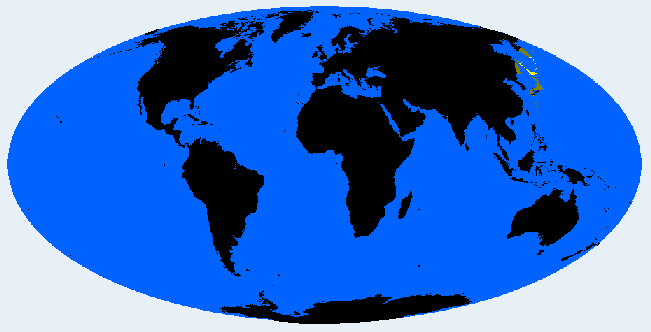Description:
Ancient East Asian type that has mostly been restricted to Northern Japan (esp. Hokkaido), Sakhalin, and the Kuril Islands in recent centuries. In prehistorical periods probably more widespread from Russia to Indonesia and even West Canada. Preserves many Proto Mongoloid traits of the Paleolithic, similar to Margids and Fuegids of America. Almost extinct today or heavily admixed, because of Japanese colonisation of Hokkaido and assimilation policy in recent centuries. The Aoshima variety has survived into the 20th century. It is short and thickset, fair-skinned long-skulled without the Mongolian fold, robust facial structure, deep-set eyes, wavy or curly hair, and strong pilous growth. In prehistoric Japan other varieties existed, like a tall, robust Tsukumo type and a Miyato Island dwarf type that still appear mixed in the Japanese Chikuzen and Ishikawa types.Names:
Ainuid (Eickstedt, 1937. 1952; Vogel, 1974; Knussmann, 1996), Ainoida (Lundman, 1988), Ainu (Hooton, 1946; Coon et al., 1950; Cole, 1965; Biasutti, 1967; Debets, 1974; Alexeev, 1979), A´nou (Vallois, 1968), Ainoid (Lundman, 1967), Kurilian (Cheboksarov, 1951), Homo curilanus (Fischer, 1830), Kourilienne (Desmoulins, 1826), Aino (Deniker, 1889)




